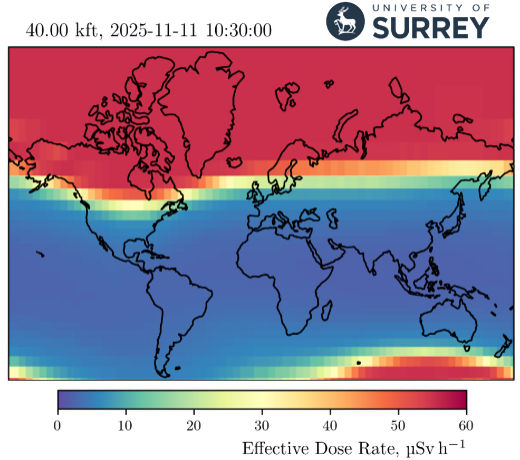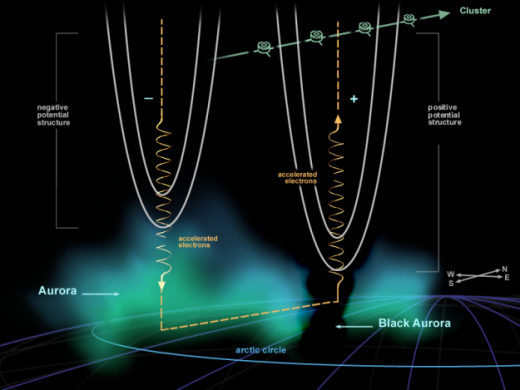Elon Musk's X played a starring role in another weekend internet kerfuffle.
It began when Nikita Bier, X's head of product, posted on Saturday that the platform had rolled out a change intended to increase transparency: an "About This Account" page that, among other things, reveals the country or region where a user's account is based. The company announced plans for the feature in October.
"This is an important first step to securing the integrity of the global town square. We plan to provide many more ways for users to verify the authenticity of the content they see on X," Bier wrote on X.
It turns out that not everyone was eager to reveal the origin of their accounts. Users in places that limit freedom of speech could face political repercussions. Some users called it forced doxxing. Others said that if a user created an account using a VPN routed through another country, the location information may not be accurate.
On Saturday, X removed information about where some accounts were created. Bier said the data "was not 100 percent," especially for older accounts, and that the company plans to "bring it back by Tuesday."
Five hours later, he posted again: "I need a drink."
Late Sunday, he added that there would be an upgrade in 12 hours and that location accuracy would be "nearly 99.99%."
X update reveals some surprising locations
X users started tapping into the about pages of their online rivals to discover anything they might deem amiss.
Several prominent X accounts that promote MAGA talking points, for instance, appeared to be based in places far from the United States.
The account MAGA NATION, which has some 400,000 followers and describes itself as "America First," is, according to the new feature, based in a non-European Union country in Eastern Europe. Another account called America First — which was created in March, has close to 70,000 followers, and posts things like "Thumbs up if you're a Trumper who loves God" — appears to be based in Bangladesh.
The examples go on.
Some users started making memes, of course.
It should come as little surprise that many accounts are perhaps not what they seem. Fake profiles, disinformation, and coordinated efforts to sow discord online have long been a problem on X and other social media platforms, and the threat has only worsened with the advent of AI.
MAGA NATION, for its part, has not addressed its location and continues to post at a healthy clip. The account has changed its name five times since its creation in April 2024, according to X. One of its most recent posts asks if its followers think Hillary Clinton should be arrested. The people behind the account could not be reached for comment.














